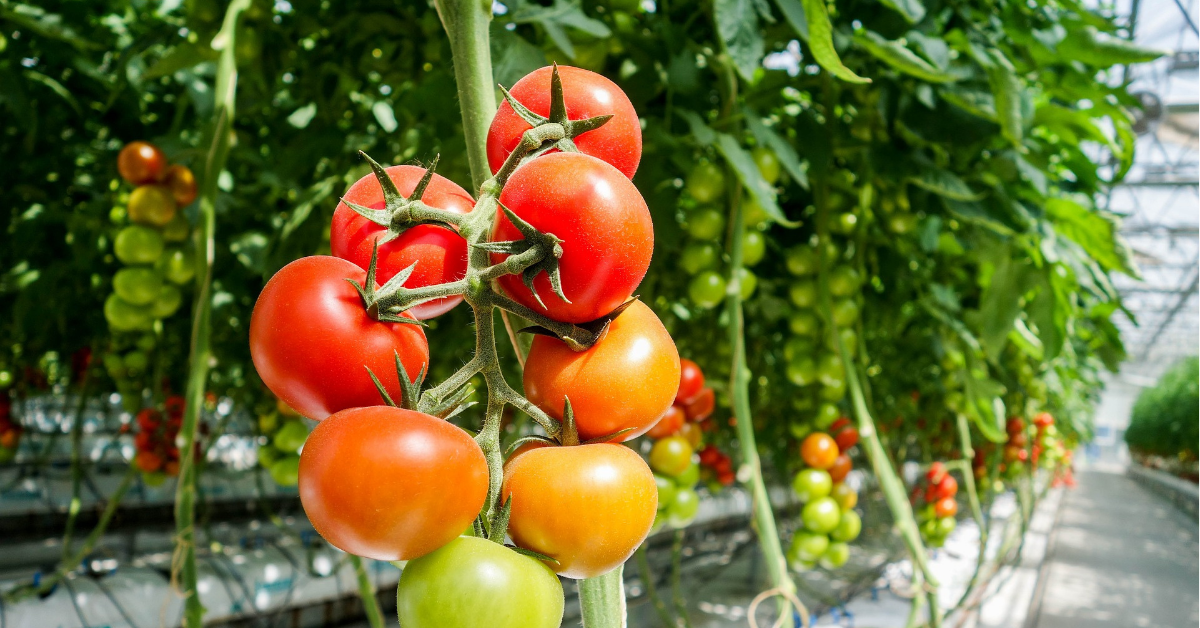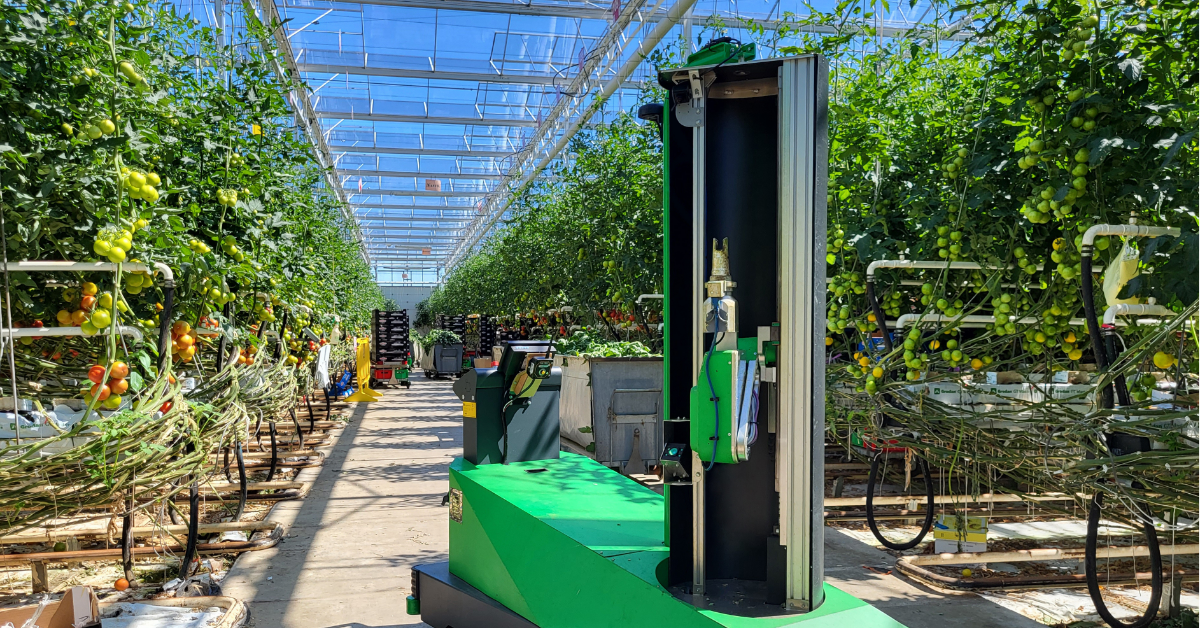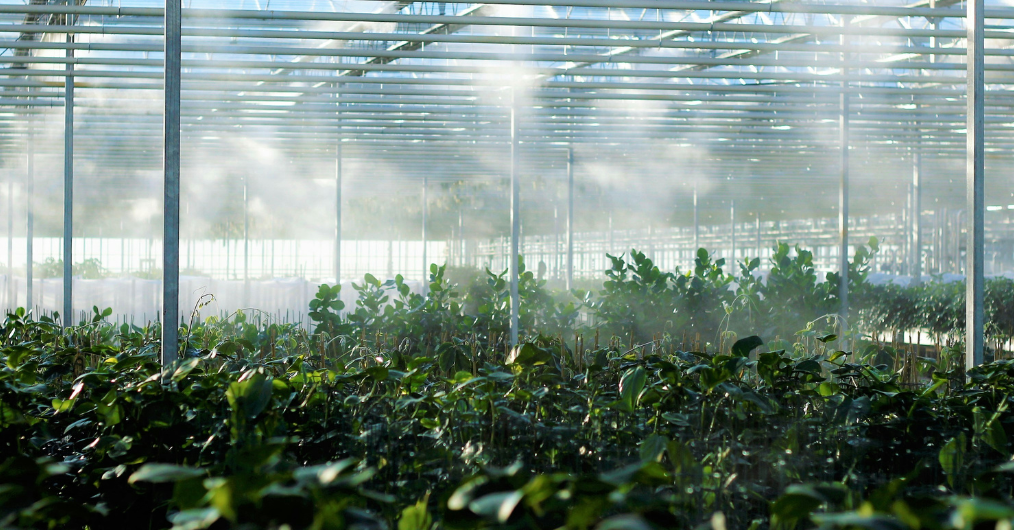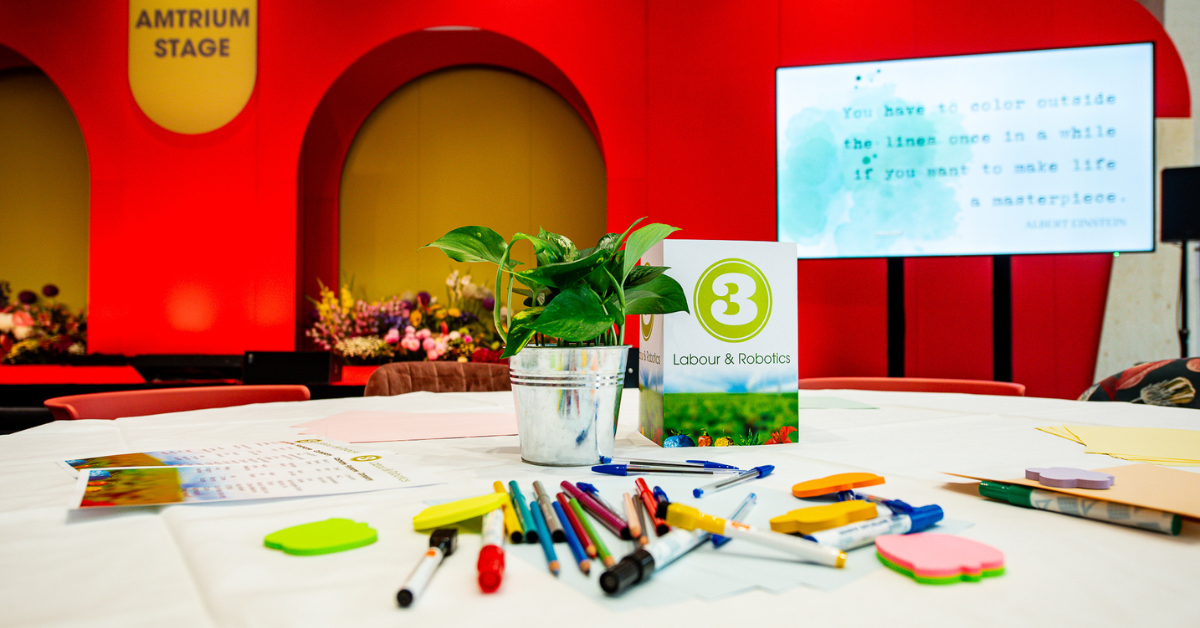AI and Plant Science: Transforming Greenhouses
The combination of plant science and artificial intelligence (AI) represents an important step for the future of greenhouse management and cultivating in general. By combining the power of algorithms with plant science, you get a combination set to revolutionize how growers understand and manage their crops, all while driving efficiency and precision to new levels.
The role of algorithms in modern greenhouses
One of the most innovative uses of AI in greenhouse cultivation today involves algorithms that analyze vast amounts of plant and environmental data to generate actionable insights. Source.ag is among the few companies at the forefront of this approach, applying AI-driven models to optimize key factors in greenhouse management.
In high-tech greenhouses, AI algorithms excel at monitoring and optimizing variables such as water usage, temperature, and humidity—factors critical for maintaining plant health and maximizing yield. By leveraging data from environmental sensors, these AI models can predict plant behavior and make real-time adjustments that ensure optimal growing conditions.
A prime example of this is the use of AI for irrigation management. By collecting and analyzing data on water uptake, radiation, humidity, and other environmental factors, AI models continuously predict the exact water needs of each plant. This data-driven approach enables greenhouse operators to refine irrigation strategies in real time, making sure that plants receive precisely the amount of water they need at every stage of growth. By doing so, the AI not only conserves water but also helps prevent over-irrigation, which could cause problems such as root disease and reduced crop quality.
Predicting yield with artificial intelligence
Yield forecasting is another area where significant advancements with AI are being made by a few leaders in the market, including Source.ag. Accurate yield predictions are essential for both operational planning and financial forecasting, yet traditional methods relying on historical data or manual estimates often lead to inaccuracies.
With AI, models can simulate plant growth and fruit development by analyzing environmental factors such as temperature and light exposure. In cases where fruit development time is not directly measured, AI can support by modeling fruit temperature from surrounding conditions. This enables highly accurate yield forecasts without the need for costly sensors or labour-intensive manual tracking. For high-tech greenhouses, where precision and efficiency are crucial, these AI-driven simulations allow operators to optimize processes. This will ensure ensuring crops grow under ideal conditions, leading to healthier plants and therefore, higher yields.
A vision for the future of horticulture
As demonstrated above, the potential of AI in horticulture is clear. By extracting more value from the already available data and combining this with new insights in plant science, AI models can support growers to improve results without the need for significant investments in new technologies or hardware. AI can support optimizing every aspect of crop production, from irrigation to yield forecasting, while simultaneously reducing resource usage and minimizing waste.
The future of horticulture will be shaped by those who can successfully integrate plant science with AI technologies. As algorithms become more advanced and datasets more robust, the precision and predictability offered by these systems will become indispensable. In this new era of digital horticulture, the green fingers of the past are being replaced by the power of data and machine learning.
To conclude, the combination of AI and plant science is setting a new standard for greenhouse management. By leveraging data-driven insights, growers can optimize their operations, leading to more sustainable, profitable, and resilient agricultural practices.
Have exclusive horticulture technology news delivered to your inbox
The GreenTech monthly newsletter brings you the latest exclusive horticulture technology news and updates about our global horticulture technology trade shows and events.
Join over 32,000 of your peers and receive:
☑ Exclusive commentary from industry leaders
☑ The latest news from the GreenTech team
☑ Stay up to date with all the latest news about our events





